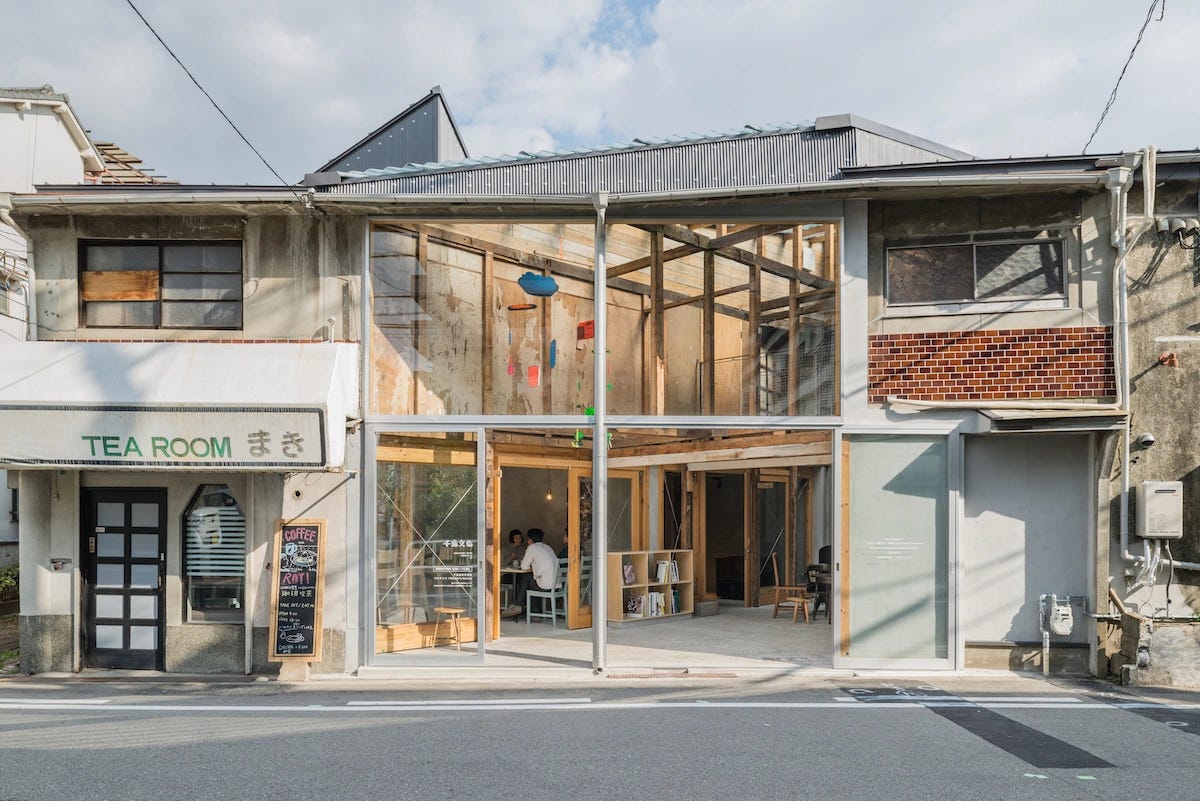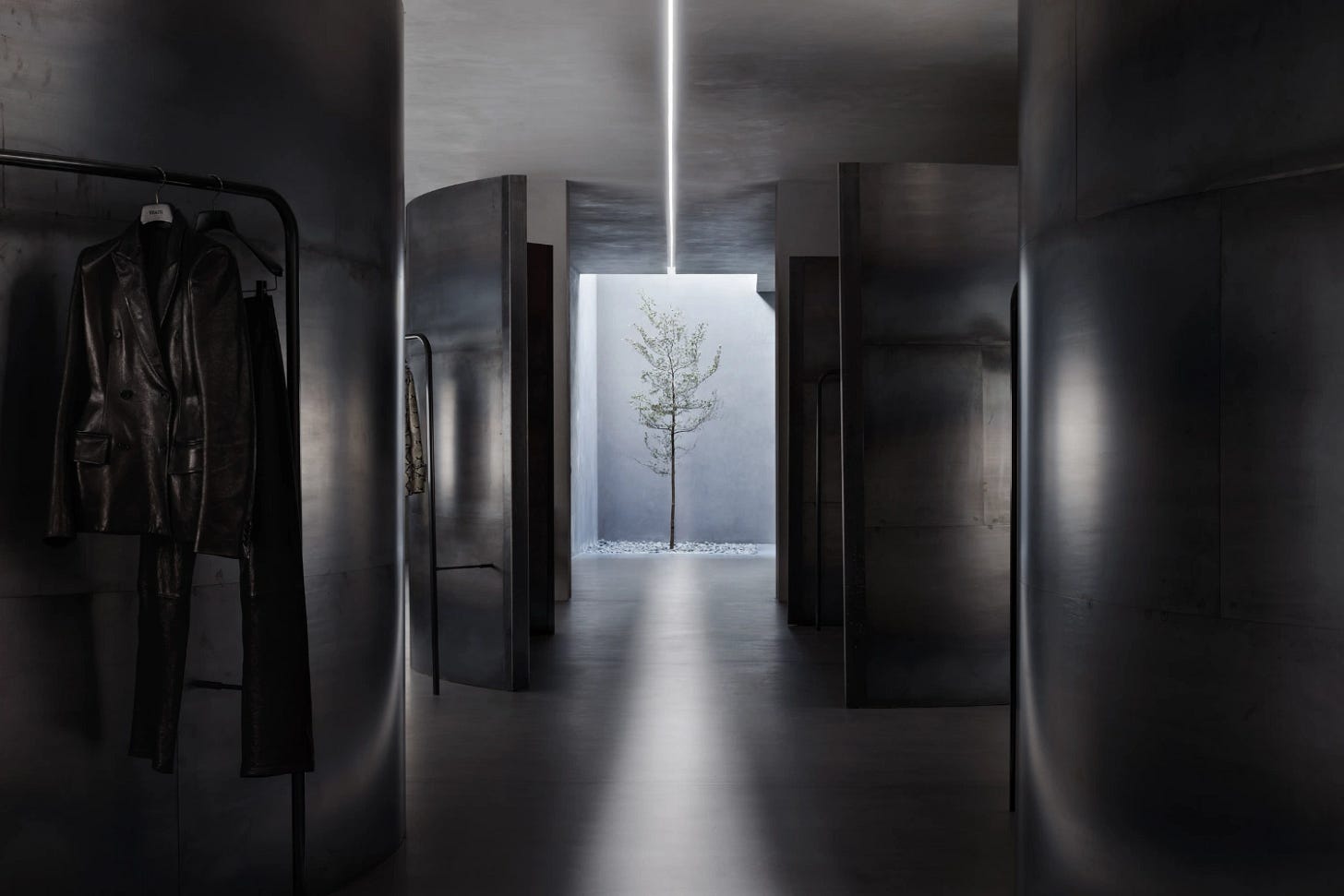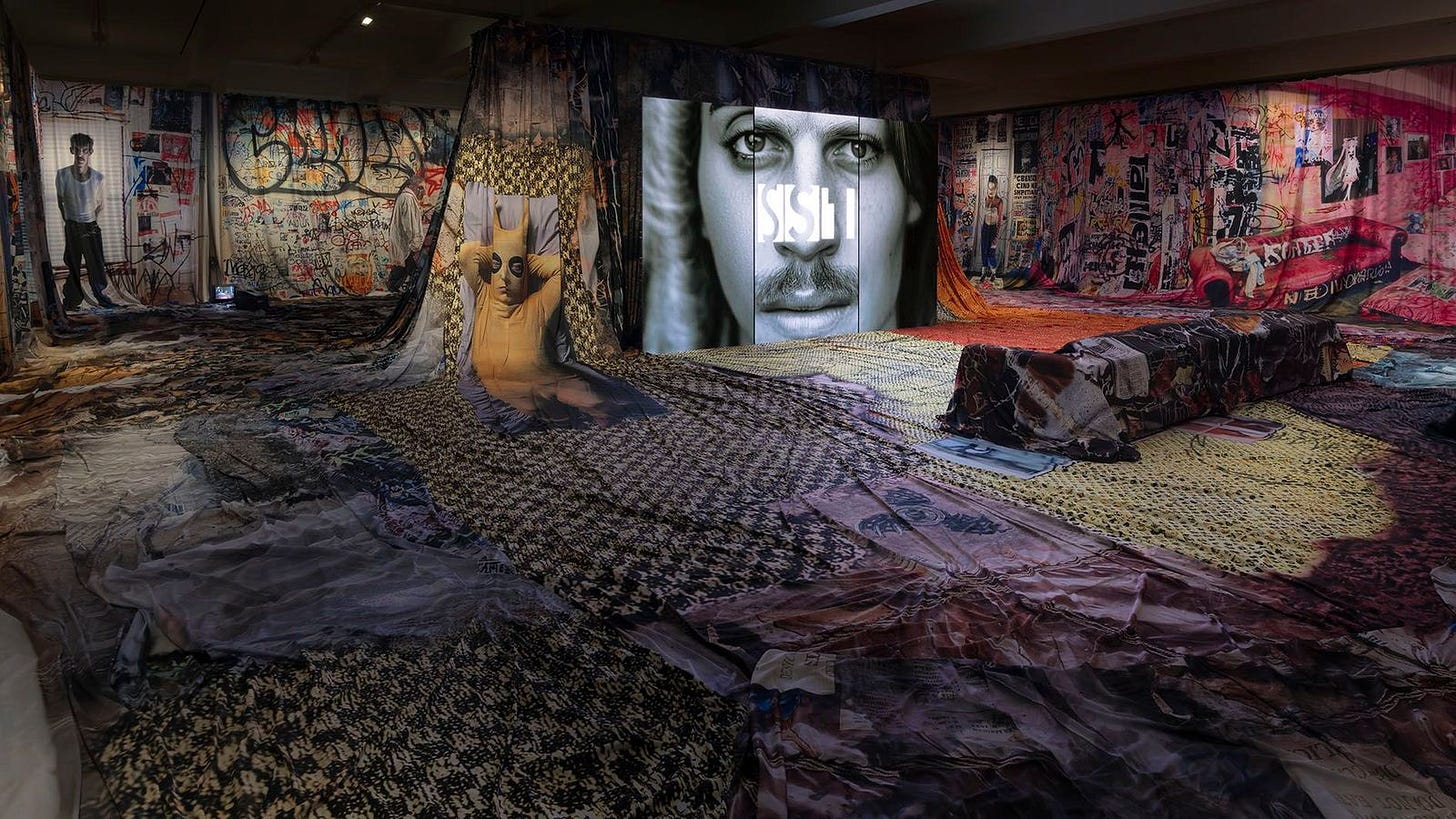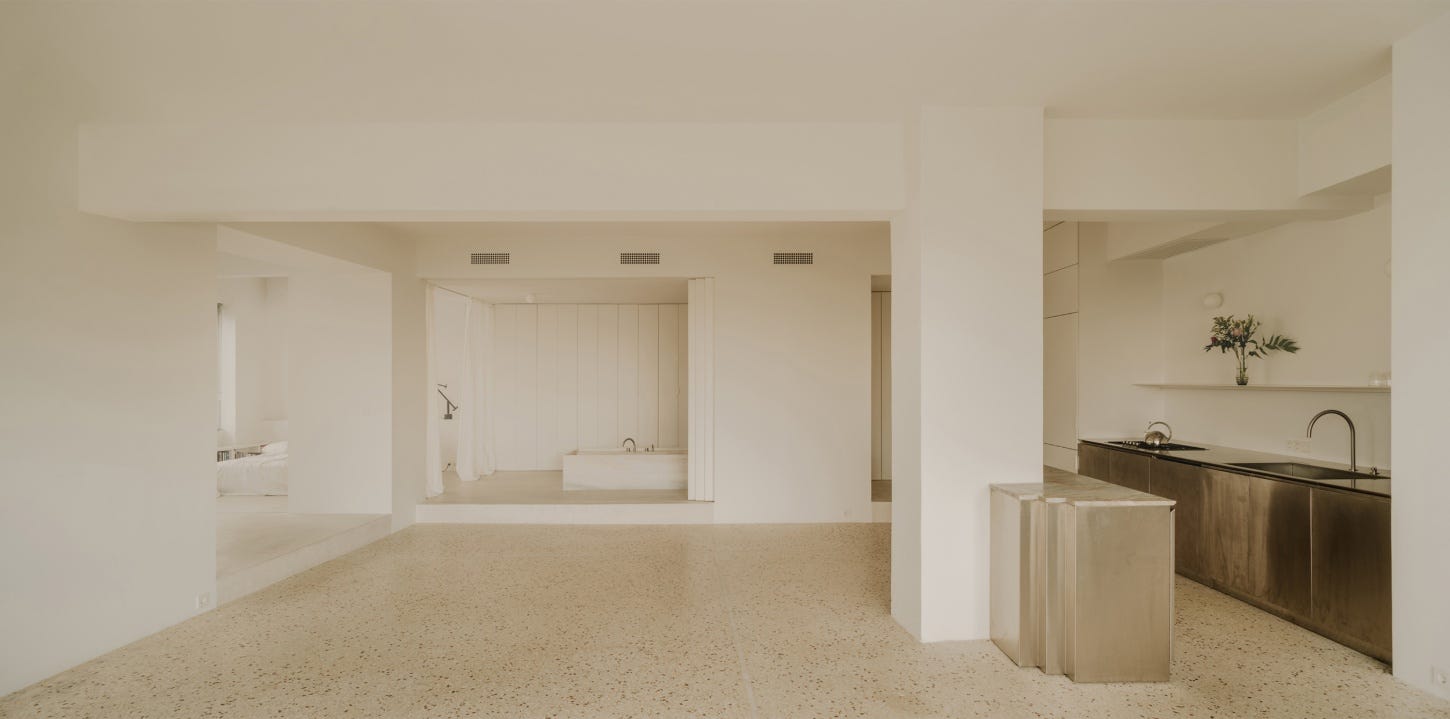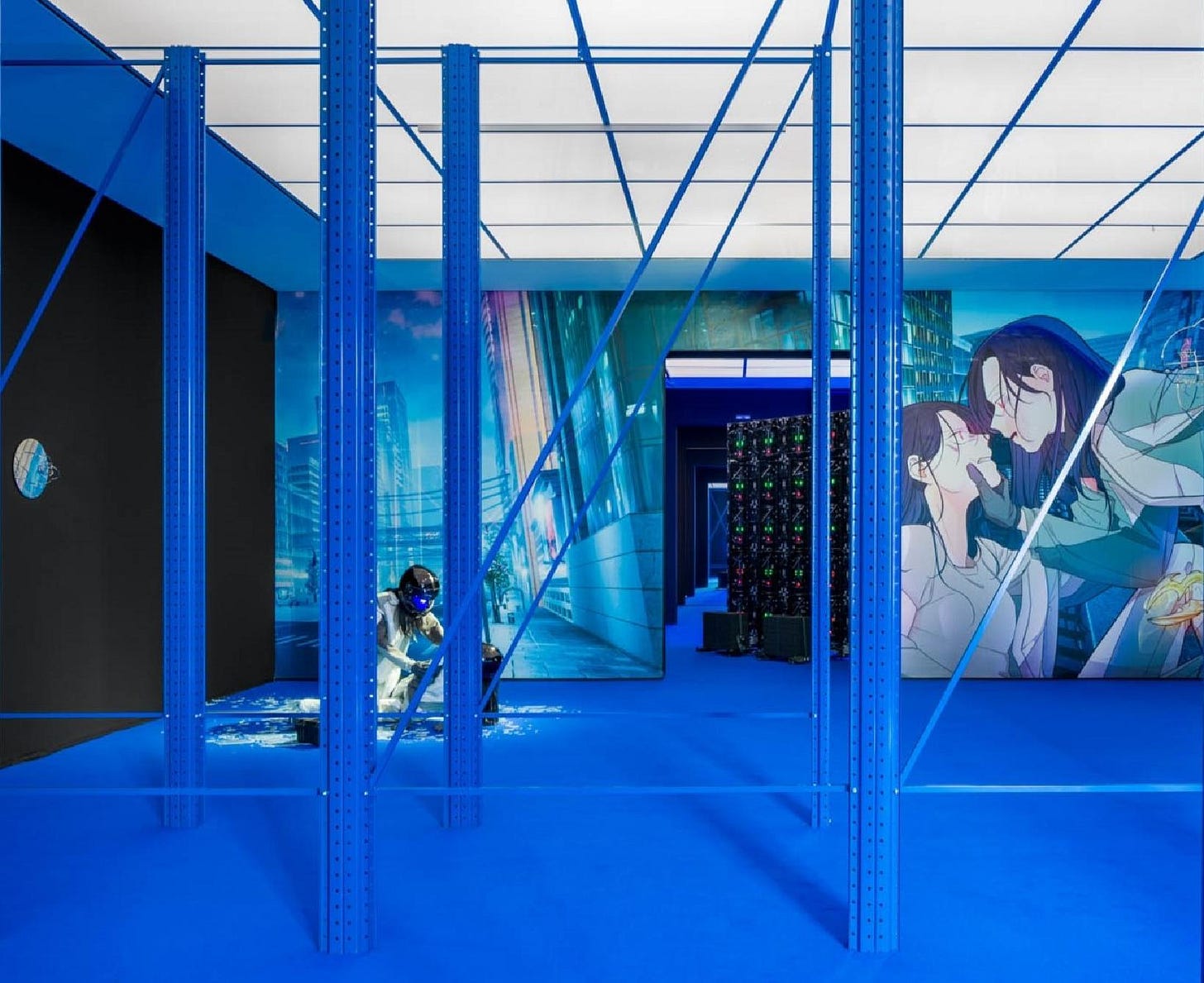142
This week: Jon Rafman, Förstberg Ling, Ayoung Kim, Dot Architects, Griffin Frazen, Oblique, The Vagar, Maria Tyakina and Agglomerati, School of Architecture and Urban Planning NJU
Before we dive in, we'd like to share some recent updates at Thisispaper+.
① New locations: We’ve expanded our guides with fresh additions to Berlin, Portugal and Osaka, New York City (coming soon) Guides + DwellWell Edition.
Chidori-Bunka by Dot Architects redefines architectural preservation by embracing the beauty of the ordinary, transforming a former home in Osaka, Japan into a dynamic, evolving space for art, community, and daily life.
Designed by Griffin Frazen alongside the brand’s founder, Catherine Holstein, KHAITE concept store channels the raw energy of New York’s architectural past while asserting a contemporary, almost monastic sensibility.
Förstberg Ling’s House with a Hidden Atrium in Veddinge, Denmark redefines coastal living through an interplay of enclosure and openness, creating a sequence of spaces that shift in height, light, and perspective.
Jon Rafman’s Proof of Concept at Sprüth Magers in Los Angeles, transforms AI-generated content into a pulsating media environment, questioning the blurred lines between nostalgia, identity, and the digital imagination.
From Thisispaper+ Member: In 'Astral Weeks', Athens-based studio Oblique reimagines an industrial void as both a home and an exhibition space—a place where domestic life and art coexist in fluid dialogue.
The Vagar Country House is the owners' long-held dream, a place where years of longing, experience, and intuition shaped something deeply personal and lasting.
Maria Tyakina and Agglomerati carve out a delicate discord in their mini collection of stone objects—where marble feigns suppleness, and flesh lingers as a stain upon permanence.
Thisispaper Guide to Japan
In a country where simplicity is an art form, our guide explores Japan's modern masterpieces in design, architecture, and wellness. From tranquil spaces to cutting-edge creativity, discover the places that define Japan’s unique blend of the old and the new.
A house in China’s Badain Jaran Desert reimagines traditional Mongolian dwellings with straw bricks and a metal shell, blending vernacular techniques with contemporary sustainability.
Ayoung Kim’s Many Worlds Over at Hamburger Bahnhof in Berlin explores the intersections of AI, speculative fiction, and reality, immersing visitors in a universe where time, space, and identities blur.




